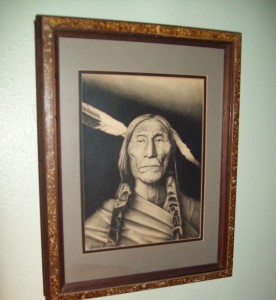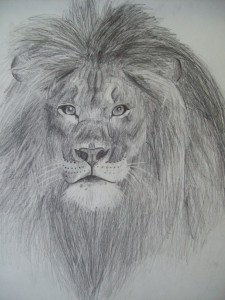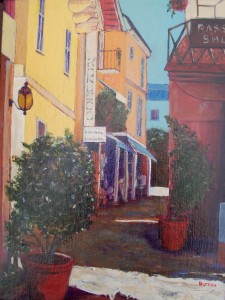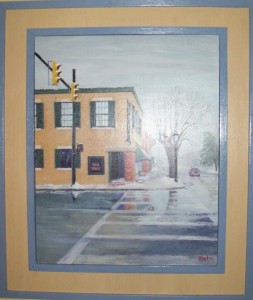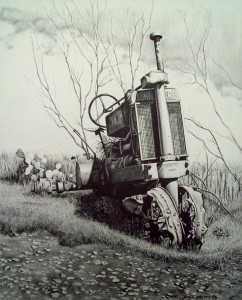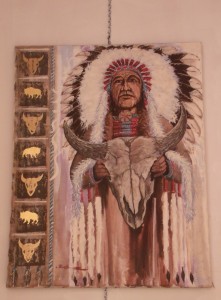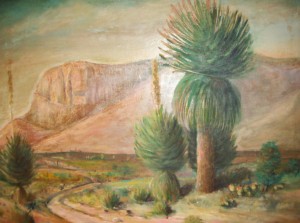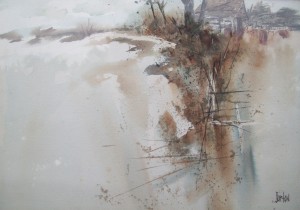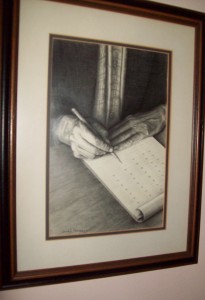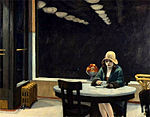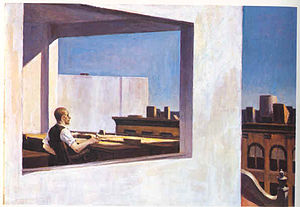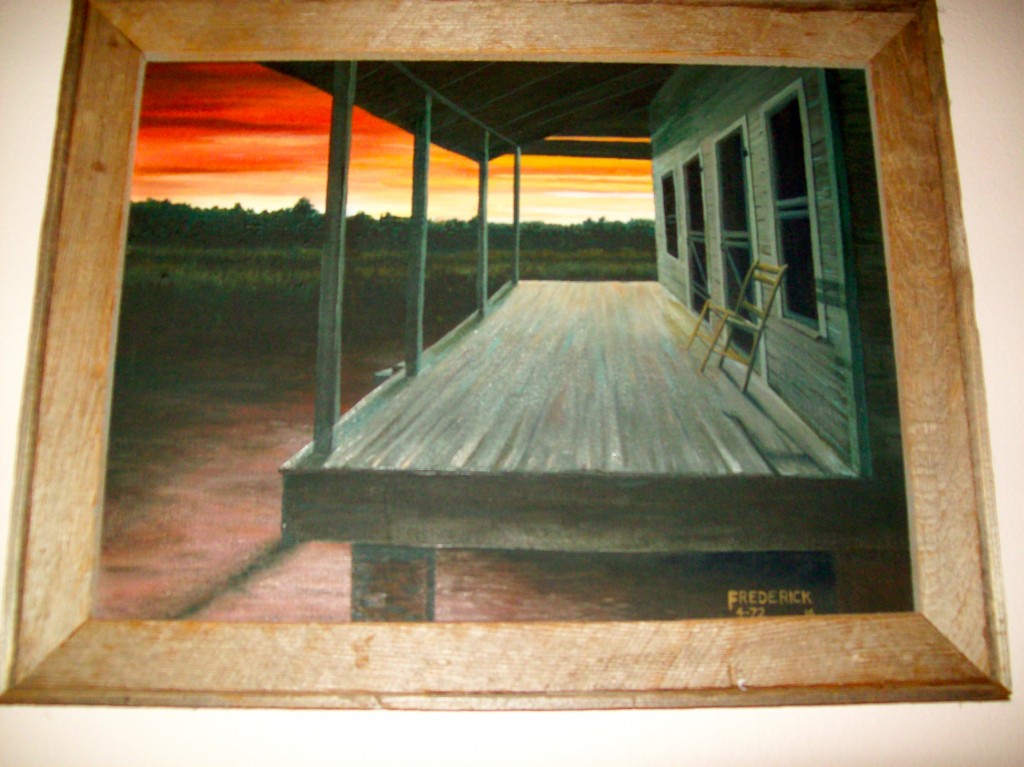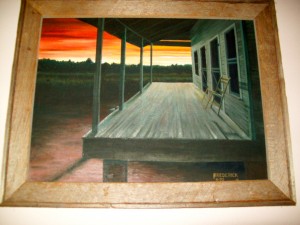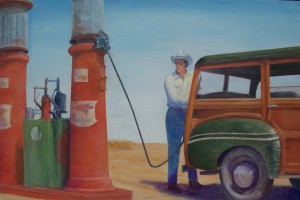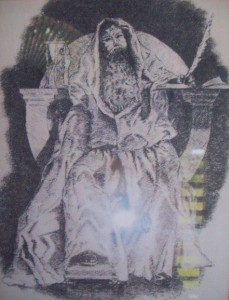
Regrettably, the photograph of this picture shows camera flash, but it is still good enough to show here. I’d asked the private collector to take a picture and e-mail it to me, so it is sort of washed down a bit but the light and dark values shows. This is all I wanted.
I do not know what I was using as a source. It was a long time ago (more than 40 years!). Did I copy it direct? or did I use my own musing to come up with an original? I have no idea. I was still in my trying to learn stage. I do however know the pencils and paper I was using because even then I had already settled on my use of graphite pencils and other materials.
In those days, when I copied another artists work, I always put that information on the back of my work. I did not ask the collector to take it out of the frame and look on the back.
Most of my graphite drawings are done with a 2H or 4H for the lighter areas. My favorite paper is a Strathmore 4-ply plate finish Bristol board. I sharpen my pencils with a single-edge razor blade, tapering the wood and leaving a little more than 1/4″ but less than 3/8″ of graphite exposed. Then I give the lead a conical shape using a sandpaper block. The graphite dust is removed from the point with a soft cloth (critical).
Much of the beard and robe was done with 2H hatching, HB and 2B strokes. The dark background was made with 4B strokes. I occasionally but seldom use as much as a 6B stroke in my graphite drawings.
Since it is very upsetting to stop and sharpen pencils while I am drawing, I usually have several dozens of pencils sharpened so I can continue without interrupting my work.
Since I am right handed, I began a drawing at the top left side and work to the bottom so I do not smudge the painting. Graphite tends to get on your hand no matter what you do so I also have Cling Wrap covering the part of the paper that is not being drawn upon. If something must be erased (from a smudge to a drawing mistake), I prefer to use a kneadable eraser.
When the drawing is finished, I spray fixative smoothly using a side by side motion. I am careful not to over spray the fixative to keep it from bleeding or blurring the pencil strokes.
Below I am posting one of James Frederick’s drawings (my daughter’s father-in-law) and one of Olivia’s drawings (my granddaughter). If you have been following my Blog, You have already seen them, if not I’m sure you will enjoy them.
